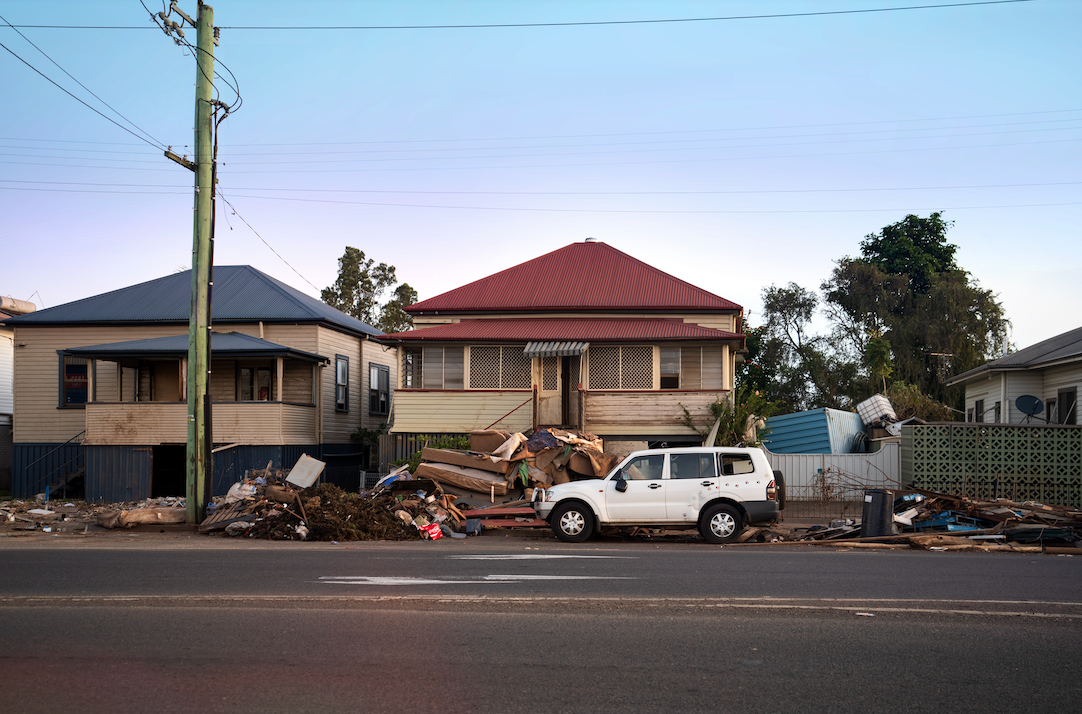Time to read : 2 Minutes
There's no avoiding it, anymore. Climate change is real, here and it's going to hurt.
🏠 There's real questions about safety of residents of some parts of Australia.
💰 And, there is going to be a price to pay for it. Insurance is going to cost more and in some cases and places it won't be available at all.
What you need to know
Since the black fires in 2019, there have been 11 declared insurance catastrophes, resulting in over $13bn in claims.
Australia is at the coal face (literally) of climate change, with worsening fires, floods, coastal erosion, rising sea levels and heatwaves. In Narrabeen, NSW, residents are co-funding a 7m seawall to protect their homes.
According to the Climate Council places may not only become uninsurable, they may also become uninhabitable. Their latest report has determined the 10 most-at-risk electorates in Australia to become uninhabitable by 2030. Do you live in one of them?
Nicholls, Vic.
Richmond, NSW.
Maranoa, QLD.
Moncrieff, QLD.
Wright, QLD.
Brisbane, QLD.
Griffith, QLD.
Indi, Vic.
Page, NSW.
Hindmarsh, SA.
Worryingly, it said that one in seven of the properties in these places will be uninsurable in 10 years. For Sheparton, it's estimated that 96% of their homes will not be able to be insured.
The Insurance Council of Australia (ICA) has made key recommendations for the new government to help make our country more resilient, they include: investing $1bn over the next five years in protection measures, standardising clean-up plans and amending building codes to include reliance and future-risk standard.
🌧️ If you want to find out how climate change might affect your property visit climatevaluation for more information.
The bottom line
In the short term insurance premiums are going to get more expensive and there will likely be places that cannot be insured at all.
There is hope – NAB, the Bushfire Building Council of Australia (BBCA) and BlueScope Steel are working a multi-hazard home called Fortis House, which they hope will be a blue print for homes that can be insured in our climate-affected future.


































